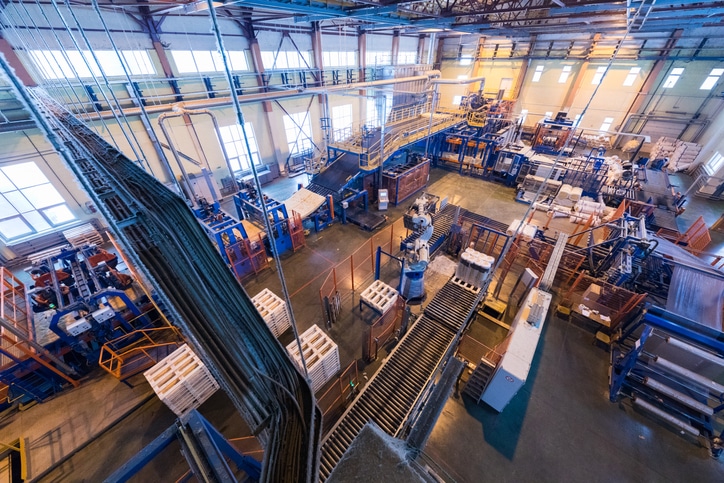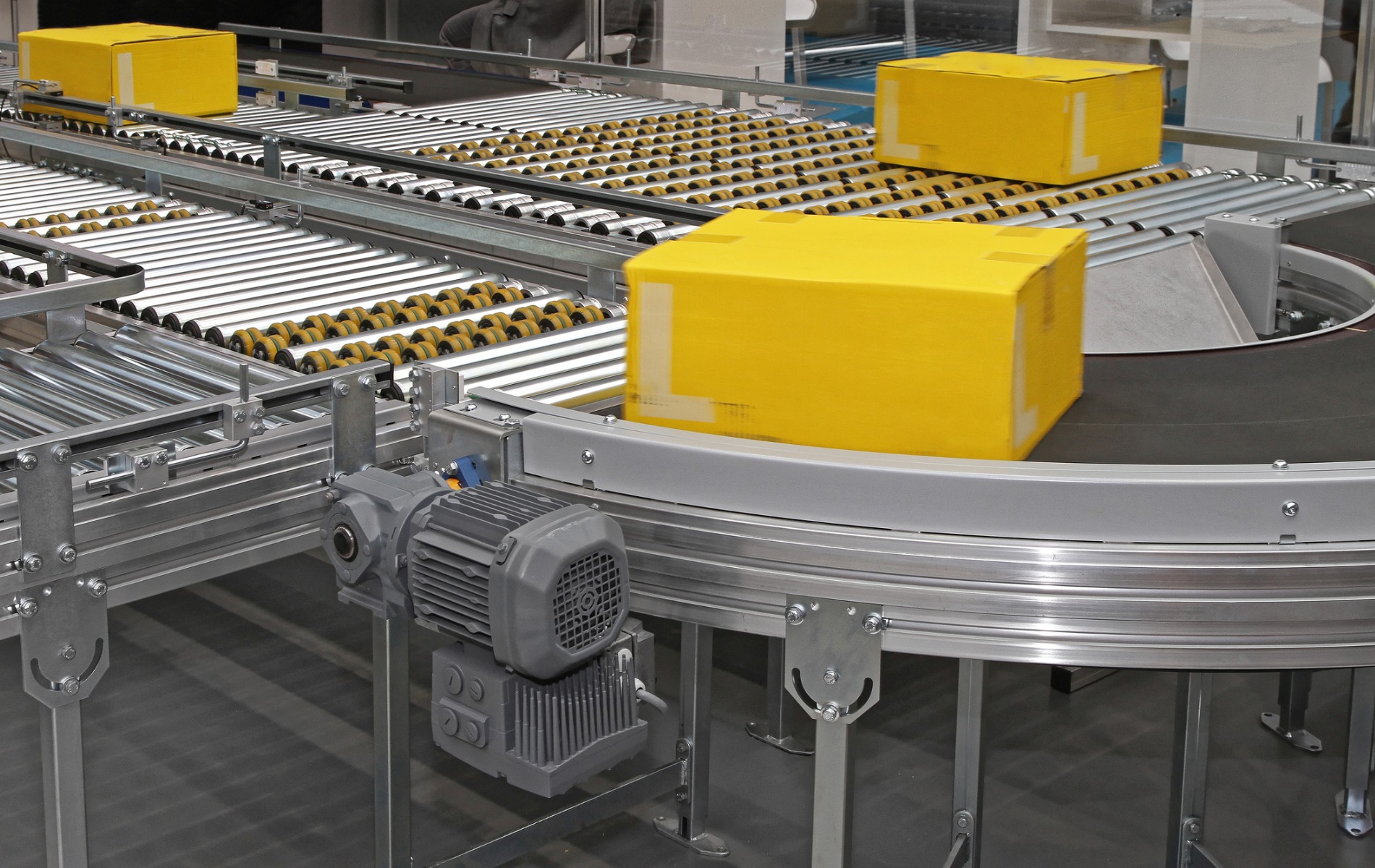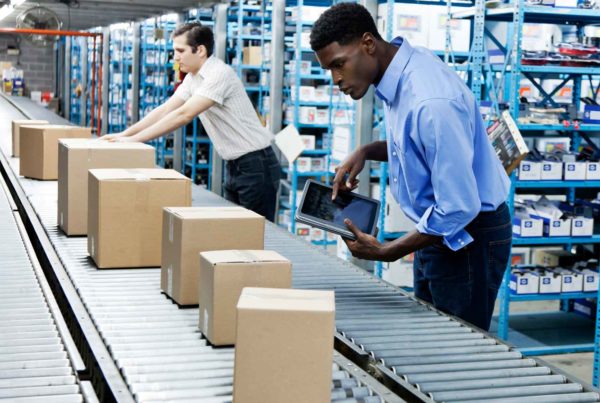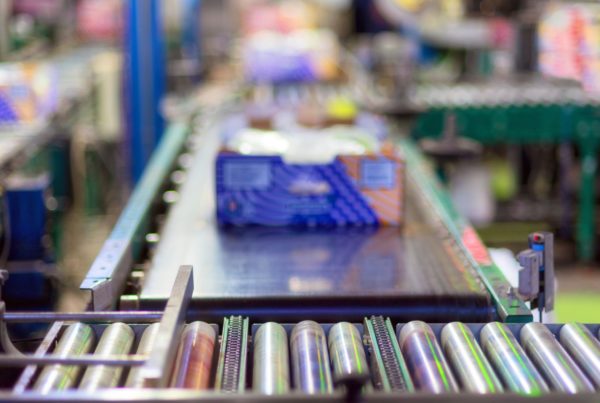Because of their ubiquity across many industries, there are many types of conveyor, each with unique abilities and peripherals. Choosing a conveyor from among all the possible options can seem a herculean task.
Modern conveyors do more than move material. They are integral parts of complex material-handling systems. The right system can sort items quickly and efficiently, can buffer those items to enable processes to run smoothly up and down the line, and can move items between levels safely.
Choosing the wrong conveyor for an application – even if that conveyor uses cutting edge technology – can damage a warehouse’s efficiency and undermine long-term strategies.
At PeakLogix, our goal with every new challenge is to provide strategic, foresightful solutions. Moreover, we know that the right solution keeps your long-term goals in mind. You don’t want to buy a piece of equipment; you want to invest in your facility’s future.
We’ve created this short checklist to help you understand conveyor selection considerations and factors.
7 – Consider conveyors early
Too often, conveyors are thought of as simple, non-value adding pieces of equipment. With this mindset, their upgrades, updates, and installations are relegated to the bottom of a long list of decision points.
A well-designed conveyor system, however, is a value-adding asset. Their proper selection is critical to staying competitive in a global marketplace. Conveyors are often described as the “arteries” of a warehouse for good reason. It’s a description both of their physicality and importance.
Conveyors are complex machines and, to realize their maximal benefit, should be among the first things considered in a project’s budget and design.
Sliding shoe sorters can accurately sort between as many as 50 divert locations at a rate of 400 items per minute. Conveyors, when combined with technologies such as pick-to-light, help reduce operator errors by as much as 90%. Using conveyors as accumulators creates buffers between zones. Queueing product allows systems up or down stream to continue at peak capacity while parts of the system on the other side of the buffer are down.
Whether your facility needs to up its throughput, improve its health and safety standards, decrease its damages or increase its accuracy, there is a conveyor system that can help. But only if they are designed and budgeted for.
6 – Note the environment

A single system may have to endure more than one environmental hazard. In food handling, for example, conveyors may experience the extreme cold of a freezer, the extreme heat of an oven, heavy washdowns with astringent chemicals, and daily disassembly for cleaning.
Even in otherwise clean environments, the loads themselves can become environmental considerations. Bottles break. Cans puncture. Metal shavings can be carried in oil residue or even be temporarily magnetized and find their way into gears.
These issues can be contended with cost effectively – but must be considered early in the design process.
Another consideration is how product will move between different environments. Conveyors that directly handle raw or cooked product, for example, have different requirements than the conveyors that can later handle the same product after it’s packaged. Moving between those zones introduces a degree of complexity.
5 – Take stock of the materials
What product types are being moved? Heavy boxes with flat bottoms? Envelopes weighing ounces? Fragile glass or ceramic products?
Bulk materials have their own considerations, such as flowability, abrasiveness, and moisture content.
Often, conveyors need to move a medley of items. In these cases, considering the limiting factors is important. What are the heaviest and lightest, largest and smallest, and most fragile items? Finding solutions able to handle the extremes will narrow your options.
How the loads will handle the speeds and flow of the conveyor system must also be considered, especially at transfer and accumulation points. Fragile or friable items may not hold up to sudden stops and starts.
To handle this, motors can be fine-tuned for soft starts. Accumulation can be low pressure, zero-pressure, or even zero-contact, minimizing the risk of damages.
4 – Consider the footprint, modularity, and scalability
One of the primary drawbacks to conveyor systems is their relatively large footprints. Especially when compared to AGVs, which can work within a warehouse’s existing floorplan, conveyors take up space and block throughways.
This problem is especially true when conveyors are bought directly from a manufacturer. Manufacturers – while providing great products – are limited in what they can offer. Instead of having a system designed specifically for your needs, you may have to re-design your warehouse to meet the limitations of a manufacturer’s conveyor.
At the same time, manufacturers may be unable to offer conveying systems that will scale with your operation’s growth. Many conveyors today are both modular and scalable. This means a small system can be designed to meet your immediate needs. As your business grows, that same module can be easily reconfigured or scaled up so that it becomes part of your larger solution.
In this way, your initial investments aren’t lost in a redesign. Instead, the original design considered your potential for growth, and the original solutions to relatively small problems are incorporated into later solutions of larger issues.
3 – Plan out processes and demands
What amount of material is being moved? How many hours is the system in operation each day, and for how many days a week? What are the cycle times?
Frequent stops and starts means more robust motors are needed. At the same time, cycling down unused systems lowers energy bills and better complies with consumer demands for green companies.
Remember that gravity can serve as a power source. Simple chute or skate-wheel conveyors can be set at a declination, and are cost-effective and energy efficient.
2 – Set broad goals
At PeakLogix, when we talk about goals, we mean two things.
First, we want to know your immediate goals for your current system. At the same time, however, we need to know the broader goals that are being set within the lifespan of that system.
For example, if a facility hopes to add a new product line, then planning for the demands that new product will place on the system is crucial to realizing the system’s ROI. Designing a system that can meet both current and future needs will mean less re-design or replacement.
The same is true for targeted throughputs and accuracy, or changes to a building’s layout. If you plan to expand your market and will need to drastically up your throughput and inventory, then the best design will be one that can scale to meet those needs.
1 – Talk to professional systems integrators
Our team at PeakLogix works with many of the industry’s top brands that design systems that excel at what they are meant to do. Those designs, however, can’t meet the exact needs of every application in the market.
The job of systems integrators like PeakLogix isn’t to sell a particular brand of conveyor, or to make your facility fit around a prefabricated conveyor.
Our expertise is the material handling industry. Our job is to know how all of the various types of machinery, and their accompanying software, work together. Our mission is to help you plan a strategy of growth. We want to design the system that fixes your current issues, works within your existing facility as much as possible, and keeps your larger goals in focus.
Want to learn more about planning, budgeting for, and selecting the right conveyor system for your needs? PeakLogix would love to help. Contact us to talk details and strategies.
Increased productivity and storage capacity of medical supply distributor
PeakLogix helped a growing medical device distributor expand storage, increase productivity, reduce errors, decrease labor costs; and improve employee morale. The new design achieved 47% gains in productivity and $1,300,000 annual savings.





